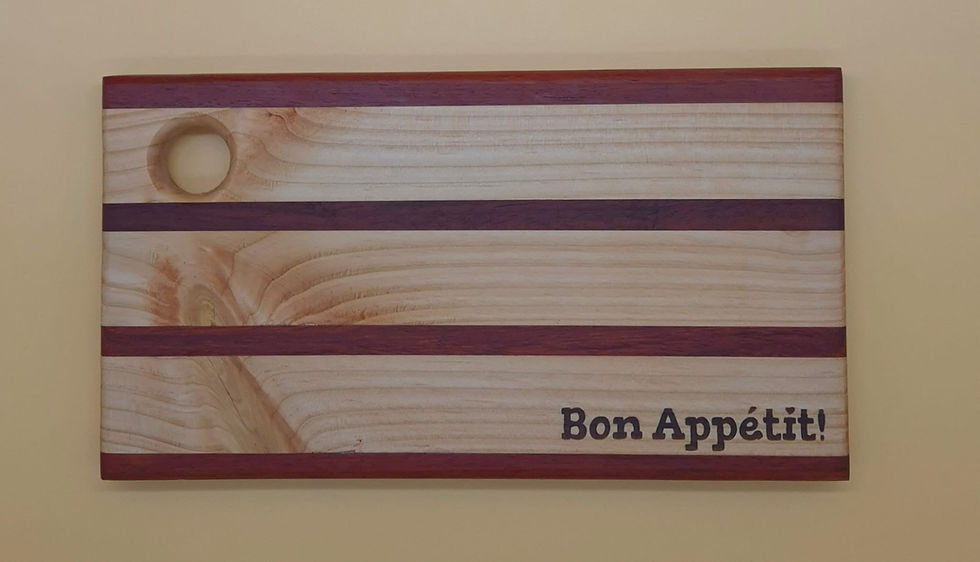The famous cuckoo clocks have maintained the same design since the day they were first created. They originate from the Black forest of Germany. The weights and mechanisms to help them perform accurately and maintain the sound have not been changed in almost 300 years. The weights hang from the bottom and drive the action of the clocks. The Cuckoo clocks usually have three weights hanging from the bottom, but some larger and complex versions also require three weights hanging from the front. The weights are shaped into pinecones and are pulled periodically, depending on the model.

Let’s have a look at how the black forest cuckoo clock actually runs. There is a set of wheels that lock gears and provide the necessary power to swing the pendulum. Every time the pendulum swings back and forth, one tooth released from the escape wheel. With each tooth released, the time train moves forward, which then results in a small movement of the minute hand.

If you buy a Cuckoo clock, you first need to test its timing against a swiss movement clock of some kind. If you measure the difference in time between the two, you can adjust the weights of the cuckoo that hang beneath the housing so the cuckoo clocks performs more accurately. Old fashioned cuckoo clocks are never a hundred percent accurate so it is always an educated guess rather than science. However with patience and readjustments every 24 hours in a few days, you will get it to function as close to perfection as possible.
Try and adjust your cuckoo clock to miss only a few minutes per week and learn to live with it. That’s the best you can do with this iconic piece of art in your home.
ATC for another idea of housing
Would you like to support ATC for more sustainable consumption patterns? Take part of the 1 reservation = 1 tree planted program, book here and share:
Did you like this article? Register now and for free to be informed of new and up-to-date news articles.





















